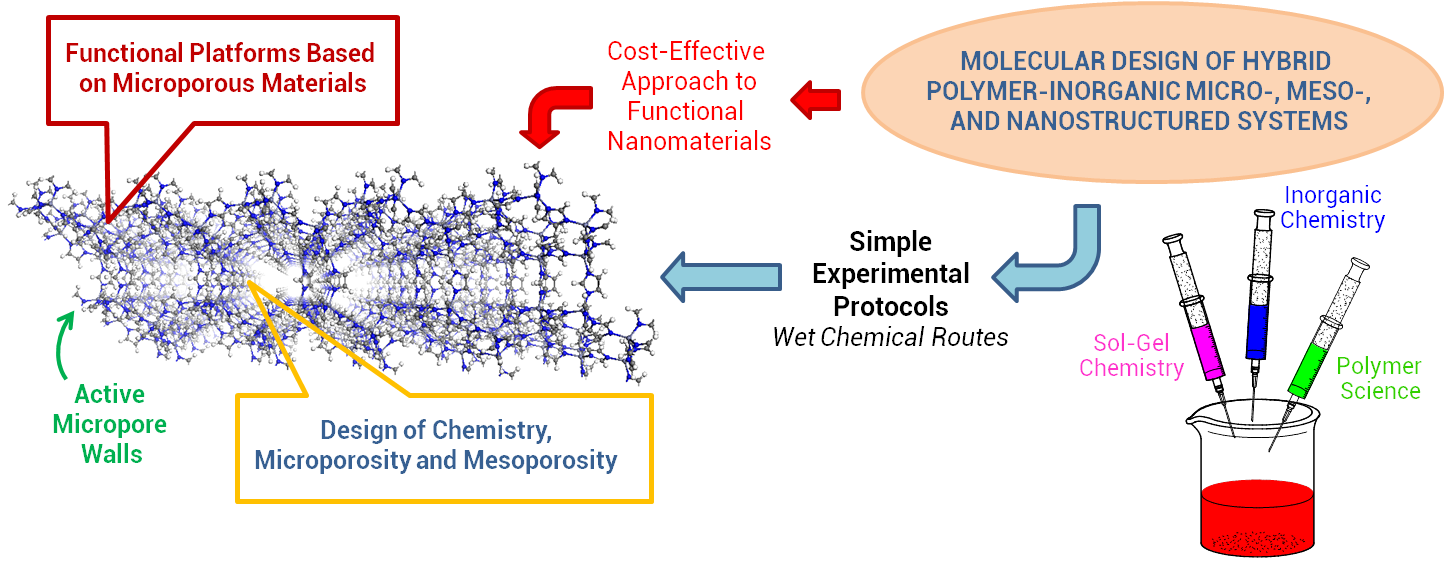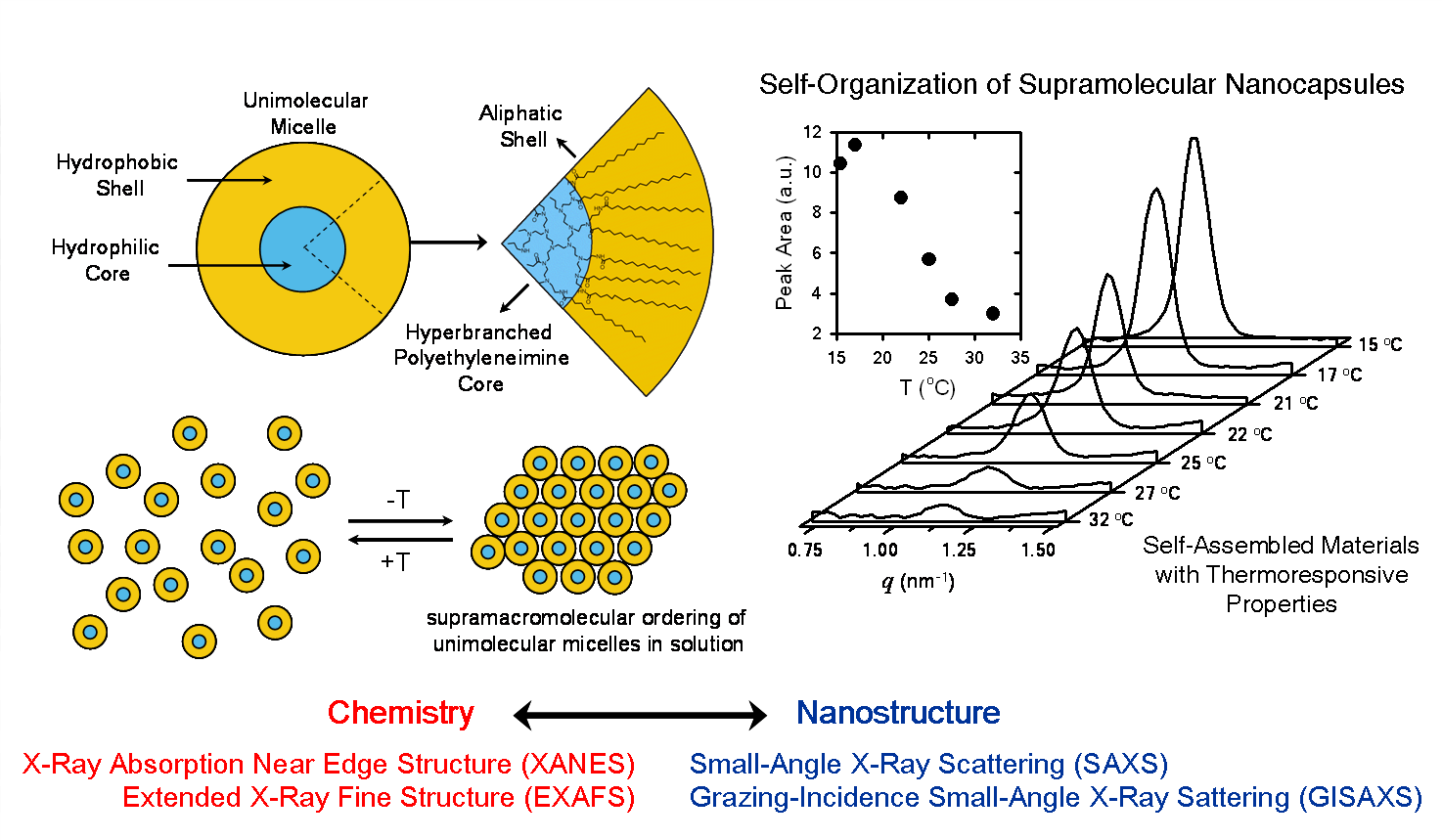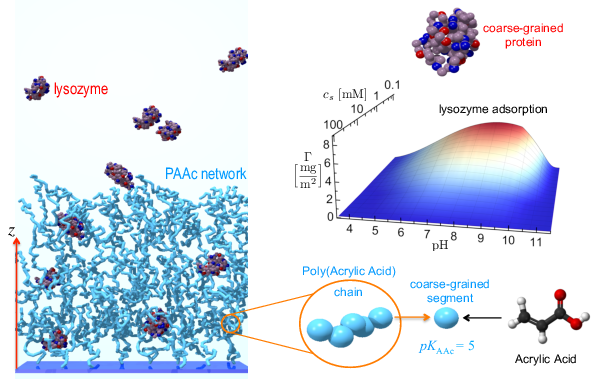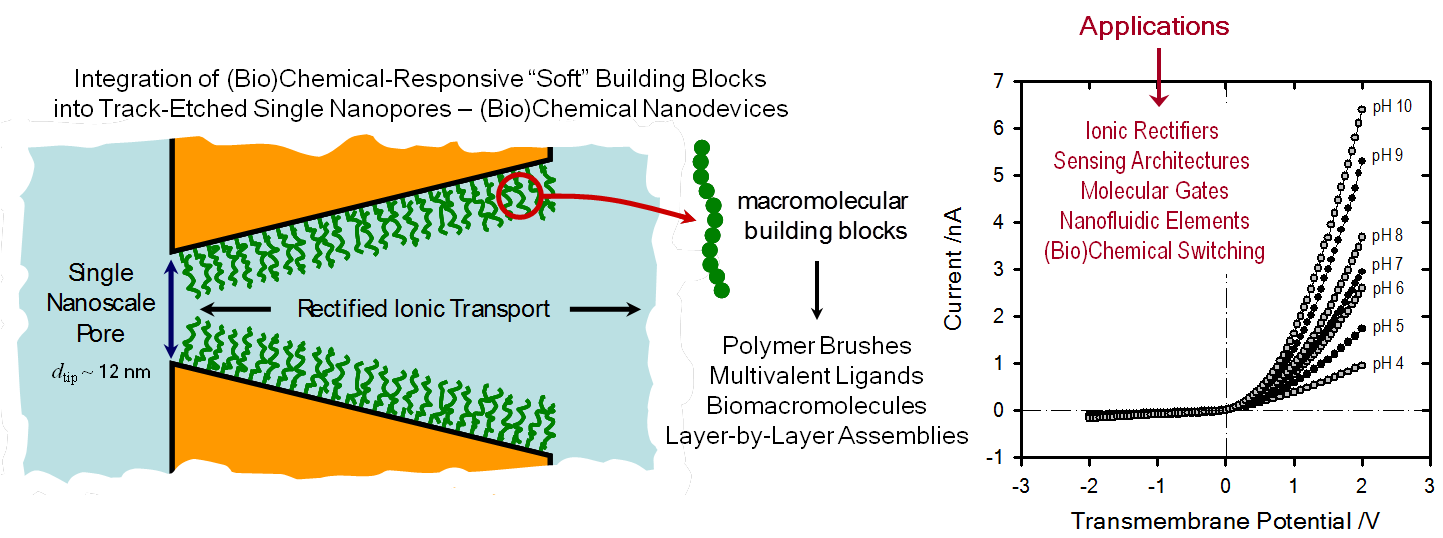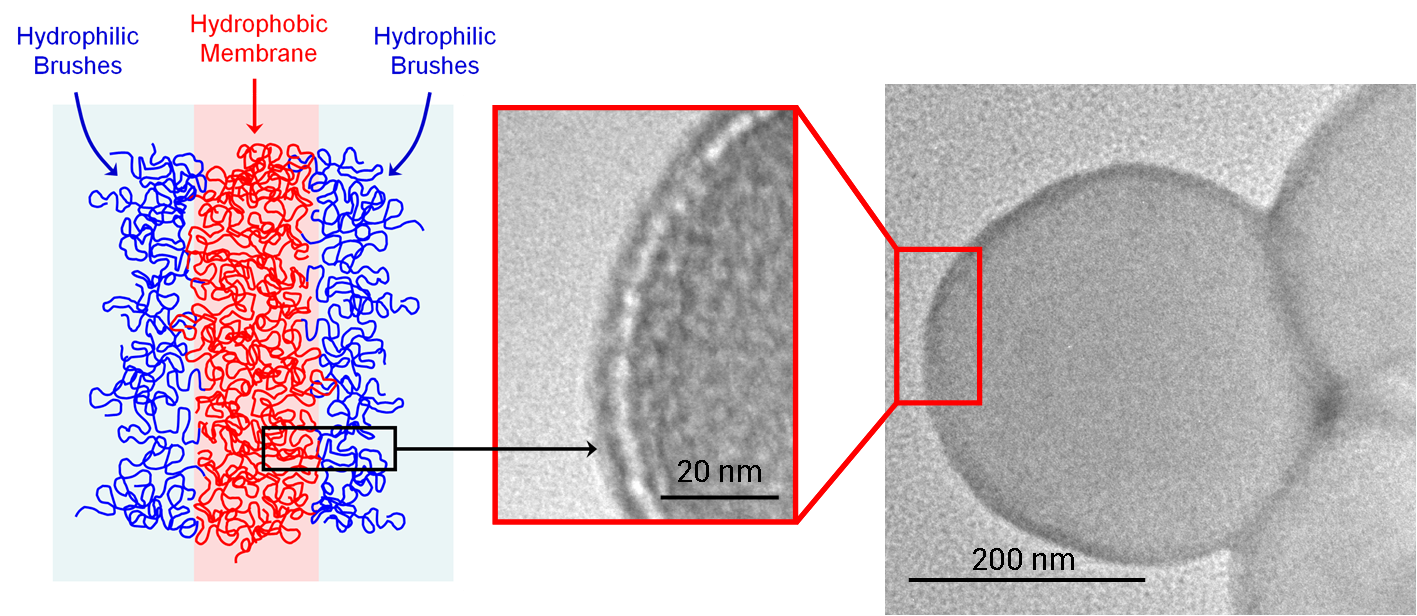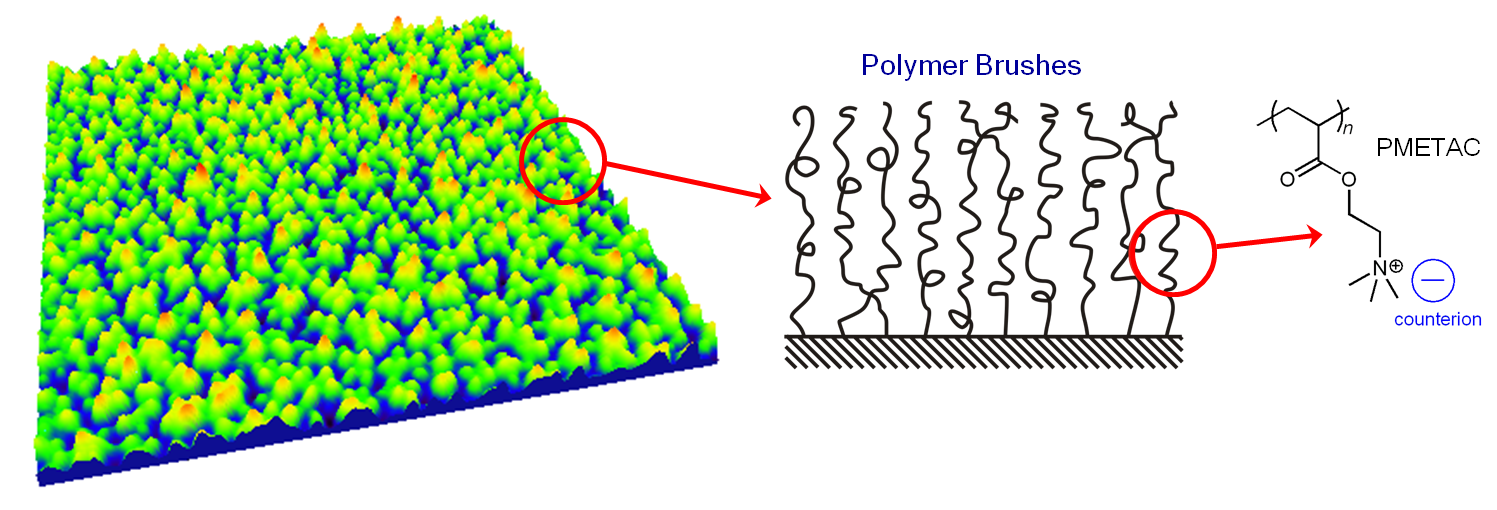Microporous and Mesoporous Materials
Part of the appeal of microporous and mesoporous materials is the unique and thorough molecular control of their intrinsic topological and chemical characteristics that nanochemistry is able to provide. With the correct choice of building blocks and self-assembly conditions, it is possible to produce nanostructured materials via chemical processes with precisely defined and tunable chemical [...]



